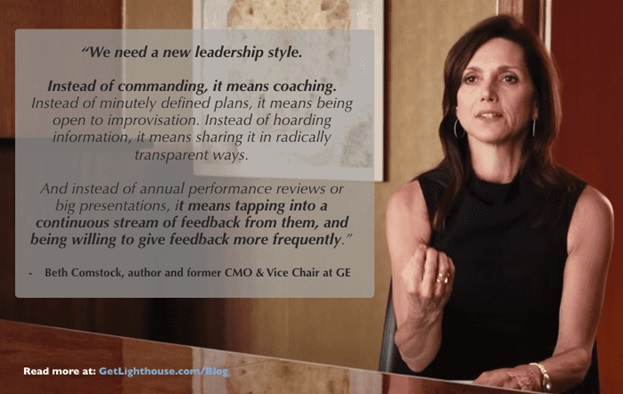I have had several people ask me recently, “How do I have a successful one-on-one conversation/meeting with my staff members?” I am a strong believer in having regular one-on-one (or “1 on 1”) conversations with your staff members. The annual review or quarterly conversation is no longer enough to be in touch with your staff and really know what is going on with them. In addition, waiting to connect once a year or once a quarter is way too long to discover they are off course. My suggestion is to meet with staff members once a month.
Employee engagement and retaining your staff are high priorities in today’s work environment. Replacing a team member is expensive, both in time and money. One way to retain staff is to meet with them in regular one-on-ones. This helps you understand how each person is motivated, what their strengths and weaknesses are, and their potential within your team and the overall organization. You are able to lead your team more effectively as you personalize and customize your management style and decisions based on your unique team dynamics.
One-on-Ones Have Many Benefits
- Being in touch with what is working and not working with individual team members.
- Discover employee goals and challenges.
- Understand employee and team morale.
- Identify opportunities to develop and train employees.
- Provide and receive valuable feedback.
- Create actionable roadmaps for improvement.
- Share information about the organization and offer needed context for decisions.
- Coach and mentor employees.
- Cultivate relationships.
- Discover and remove blocks and barriers.
- Checking in with employee engagement.
- Increase retention.
Leaders, Managers and Supervisors who listen to, understand, and respect each team member can successfully empower their employees and leverage each individual’s strengths to lift the entire team. These conversations allow team members to feel seen, heard, valued and an important member of the team. This is about creating a culture of belonging.
Keys to Successful One-on-Ones
Meet Consistently
Meet once a month at a minimum, more often if they are new to the team or are struggling.
Practice Active Listening
- Speak 20%, listen 80%
- Ask open-ended questions; stay curious and engaged.
- Pay attention to body language, eye contact, tone of voice, and energy levels during the conversation.
- Address incongruencies between body language and words.
- Suggestions for open-ended questions:
- What’s on your mind today?
- What is the most important thing you would like to discuss today?
- What are your favorite and least favorite parts of your job?
- What is going well in your role?
- Which of your strengths are underutilized?
- When do you feel most “in the zone” during your day?
- What excites you most about your daily activities and responsibilities?
Prepare for the One-on-One
- Know what projects they are currently working on.
- Prepare the questions you want to ask.
- Ask them to come prepared with ideas, questions, or topics they would like to discuss.
- Have some specific acknowledgements that you can share with them.
- Be prepared to ask them where they they think they want or need to grow, or where they need training.
- Be prepared to share your thoughts on their growth opportunities.
Set and Track Goals
- Connect their goals to the mission, vision, and values of the organization.
- Set achievable goals (SMART goals is a great formula to use).
- Identify roadblocks and help remove those barriers.
- Connect their daily work tasks to a purpose.
- Hold them accountable to the established and agreed-upon goals.
- Suggestions for questions:
- What are your current career priorities and goals?
- How do you think this job aligns with your personal values?
- What barriers or roadblocks are you experiencing with your daily responsibilities?
- When do you feel most on purpose with your job?
- What are your biggest dreams?
- What makes you happy/proud to be a part of this team?
Discuss Growth Opportunities
- Empower employees and create paths for growth and development
- Ask what they are interested in learning.
- What are their 3- or 5-year plans and goals?
- Suggested Questions:
- What new skills would you like to develop or learn?
- What types of professional development opportunities do you find most valuable: classroom setting, on-the-job training, hands-on experience, workshops and conferences, online learning, mentoring?
- What are your education goals? What programs could help you further your education?
- What local groups interest you for networking or skill development?
- What qualities do you look for in a mentor? Is there anyone in our organization you’d like as a mentor?
Give and Receive Honest Feedback
- Acknowledge their accomplishments and strengths.
- Share constructive feedback with respect and care, highlighting areas where they can improve.
- Make sure your feedback is specific and actionable.
- Provide examples to help your staff understand what you’re looking for.
- Suggested questions:
- What strengths do you have that you feel are not being used?
- How often do you feel acknowledged and valued for the work you do here?
- How can I be a better manager and leader for you?
- What areas, from your perspective, would improve my management skills?
- What things about this company, presently or in the future, would lead you to see yourself somewhere else?


